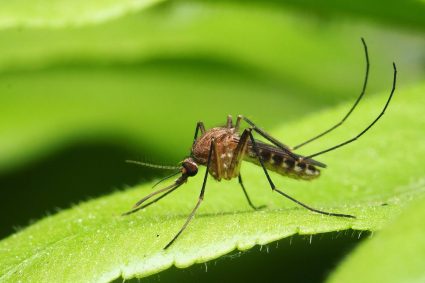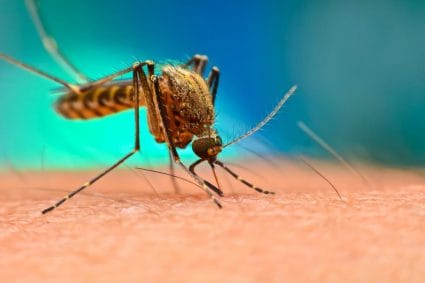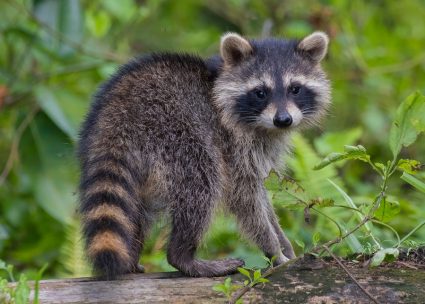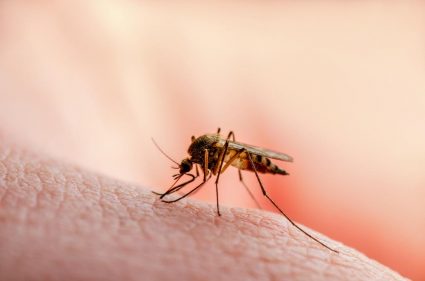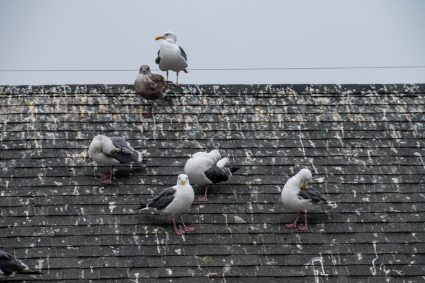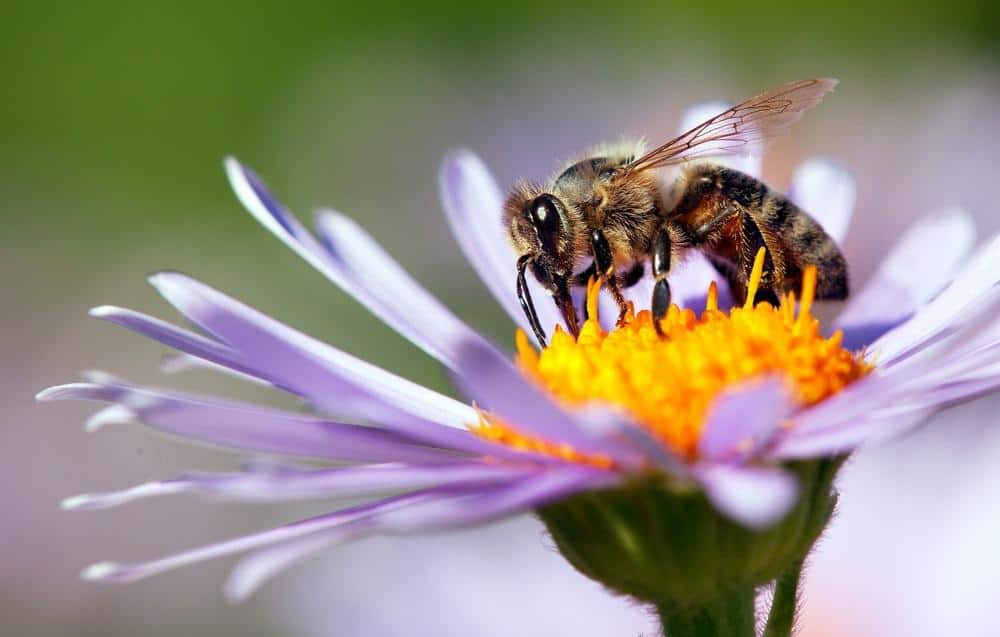
Most bees are diurnal creatures, meaning they are active during the day and rest at night. However, there are exceptions to this rule. Some bees, like the Indian carpenter bee, have evolved to forage during the night. Other species are crepuscular, meaning they are most active during dusk and dawn. In this article, we will explore the reasons behind bees flying at night, their adaptations, and the implications of their nocturnal activity.
Bees typically fly during the day, but some species have evolved to be active at night due to factors like light intensity, temperature, and competition for resources. Particularly in tropical or subtropical climates, these bees have adapted to forage in low light conditions to exploit resources from night-blooming flowers and reduce competition with diurnal bees. They have evolved special adaptations, such as increased light sensitivity in their eyes, to effectively forage at night.
Why Bees Fly at Night
Bees generally prefer to fly during the day, but certain environmental factors can influence their activity at night. Light intensity, temperature, and competition for resources are primary factors that can trigger nocturnal behavior in bees. In certain regions, particularly tropical or subtropical climates, some bee species have evolved to forage in low light conditions to exploit resources from night-blooming flowers and reduce competition with diurnal bees.
Nocturnal Bees and Their Adaptations
Nocturnal bees have evolved remarkable adaptations to overcome the limitations of their daylight-suited eyes, allowing them to forage at night. These adaptations enable them to exploit resources that diurnal bees cannot access. The Central American sweat bee is an example of a bee with eyes that are 27 times more sensitive to light than daytime honeybees, enabling effective foraging at night.
The Role of Nocturnal Bees in Pollination
Nocturnal bees play a significant role in pollination, particularly of night-blooming flowers. This type of pollination is carried out by nocturnal pollinators like moths, bats, beetles, and some species of bees. Nocturnal pollinators contribute to the pollination of economically important crops and wildflowers. However, they face unique challenges like artificial light pollution, which can directly and indirectly affect their pollination services.
Nocturnal Bee’s Interaction with Other Insects and Predators
The nighttime behavior of bees affects their interaction with other insects and predators. Nocturnal bees may experience less competition for nectar and pollen resources, as most bee species are active during the day. However, they may also face different predators than diurnal bees, and artificial light can interfere with their foraging activities and communication with flowers.
Impact of Nocturnal Activity on Bees’ Life Cycle and Lifespan
The influence of nocturnal activity on the life cycle and overall lifespan of bees is not well-documented. Most bee species are diurnal, and their lifespan is influenced by factors such as their role in the colony, environmental conditions, and the availability of resources. Additional research is needed to understand the specific effects of nocturnal activity on the life cycle and overall lifespan of bees.
Conclusion
While most bees are diurnal, nocturnal bees play a crucial role in our ecosystem. Understanding their behavior, adaptations, and the challenges they face can help us better appreciate their contribution to our environment and implement strategies to protect these important pollinators.
Frequently Asked Questions
What are some examples of night-blooming flowers that nocturnal bees pollinate?
Some examples of night-blooming flowers that nocturnal bees pollinate include Evening Primrose, Datura, Moonflower, and Night-blooming Jasmine.
Are there any specific predators that nocturnal bees face?
Yes, nocturnal bees face specific predators such as bats, spiders, and certain nocturnal birds.
How does artificial light pollution affect nocturnal bees?
Artificial light pollution can disorient nocturnal bees, affecting their ability to navigate and forage effectively. It can also disrupt their communication with flowers, affecting the pollination process.
Can the adaptation of nocturnal activity in bees be considered a form of survival strategy?
Yes, the adaptation of nocturnal activity in bees can be considered a survival strategy. By foraging at night, these bees face less competition for resources and can exploit night-blooming flowers that diurnal bees cannot access.
Are there any measures in place to protect nocturnal bees?
Measures to protect nocturnal bees are still emerging and largely depend on local conservation efforts. Reducing light pollution, preserving natural habitats, and planting night-blooming flowers in gardens can help support these important pollinators.

